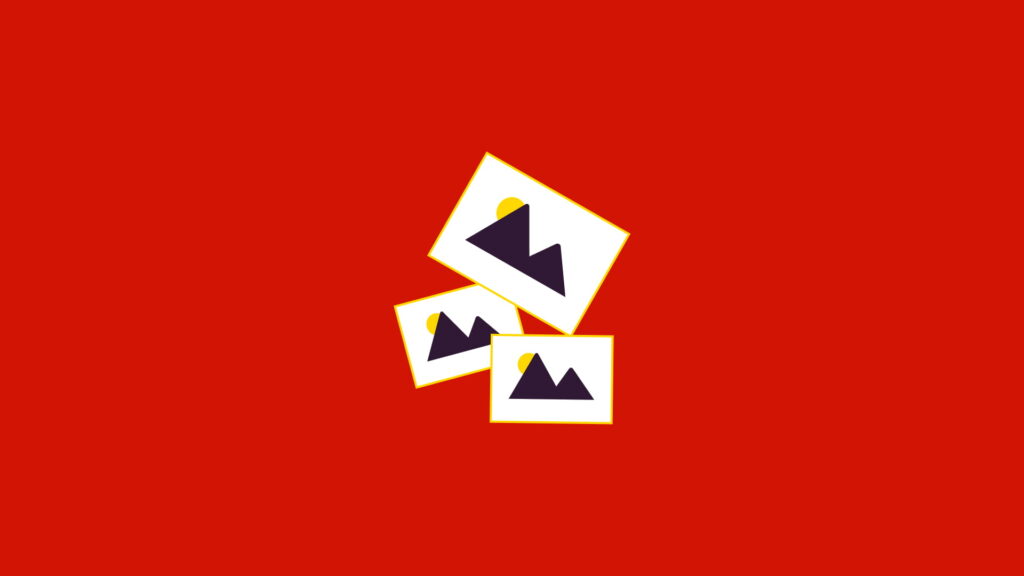
The Objective
- To remotely manage and track the full life cycle of a million trees cultivated across various Gamuda townships.
- To enhance visitors’ experiences at Gamuda’s parks in an interactive format via QR-scannable tags that act as unique identifiers of each trees.
- To tackle wear and tear issues with conventional tree tags by exploring alternatives in material, design and production.
Meet the Team

The Process

A comparison of conventional methods of tree tagging vs Project Pokok solution
| Conventional Method | Project Pokok Method |
| Tree data may be incomplete, scattered and not readily accessible | Tree data is digitised, stored in an accessible and backend editable central data repository |
| Tags may not be durable enough in the long run causing wastage | Optimized tree tag quality with more robust design and material i.e., PLA, PETG, PLA+ |
| Highly variable outcome depending on external vendor’s performance | Independent development using in-house resources allowed better control and flexibility to develop the best fit solution |
| Cost and time demanding while also requiring significant resources to replace generic tags and manage data manually | A digitalised system with a robust tree tagging scheme granted 50% time and cost reduction |
| Tree data tracking and reports need to be manually created for management’s review periodically | Backend webapp allows dynamic data reporting (i.e., tree profile, customer interaction) for key stakeholders’ view |
The Outcome
A scalable business solution, Project Pokok had established an effective tracking and tagging system involving a million trees, creating a digital ecosystem to manage key components such as tree databases, QR tagging and data analysis.

When customers visit any of Gamuda’s parks, they can view information about individual trees and explore an interactive map on their devices by scanning the tree’s QR code on its tag.

The system has also transformed the everyday tasks of the team managing the trees using a webapp to track or make changes to the tree database, analyse information and present them on an easily digestible dashboard.
The Takeaways
- Why not reinvent the wheel
Instead of sticking to conventional means of monitoring trees manually, Project Pokok strives to improve efficiencies of overall operations using digital solutions. The project’s ambition to explore alternatives to the tree tagging system is also key to improving data acquisition on site, maintenance and more. The alternative tag development is still ongoing and will be unveiled soon.
- Look from within
Instead of depending on external resources and vendors, the team has decided to fortify in-house competencies and abilities – thus maximising scalability and autonomy.
- Dare to dream bigger
By developing intelligent solutions, more areas of opportunities can be unlocked to explore other business growth areas while continuously improving the implemented system.
This is an ongoing project with the Business Innovation Programme, stay tuned for more ahead!




